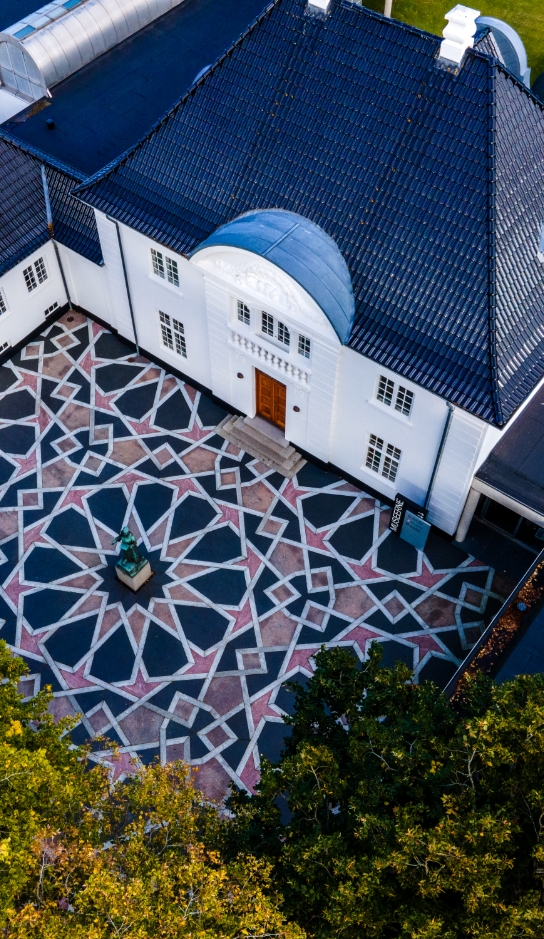Collections
Holstebro Kunstmuseum shows Danish art and crafts from the 1930s to the present day, told by a few but important artists, who are presented retrospectively and with many works. In addition, the museum displays collections of traditional non-Western art. The museum thus visualizes art as a universal phenomenon: that people everywhere and at all times have a fundamental need to express themselves. Holstebro Kunstmuseum has also, relatively early on, strived for a balance between different forms of visual arts and so-called handicrafts.
Please note that not all of the museum's artists are on display. A complete overview of the museum's artists and works can be found in Kunstindeks Danmark (KID) & Weilbachs Kunstnerleksikon.
Acquiring new works for the museum’s existing art collection is one of the museum’s core tasks, pursuant to the Danish Museum Act. Every acquisition at Holstebro Kunstmuseum is made with due regard to the main themes of the collection and the museum’s retrospective and consolidating ambitions, as well as a national view in relation to the other public art collections in Denmark.
Collections within the collection
The collection at Holstebro Kunstmuseum incorporates, in its totality, several smaller collections that have been added during the history of the museum – often through generous donations from passionate connoisseurs who believed that their significant and much-loved collections should benefit us all and provide both knowledge and pleasure to the general public. Examples of such ‘collections within the collection’ include Poul Holm Olsen’s collection of traditional African art, Ejler Bille and Agnete Therkildsen’s collection of Balinese art, and anthropologist Mette Kvist Jørgensen’s donation of Peruvian art by the Shipibo-Conibo indigenous people – to name just a few.
Something that unites
In spite of their vast differences in terms of chronology and geography, the globally oriented items such as the West African, Mexican and Indonesian are displayed next to works from the central collection of Danish modernism and the museum’s extensive collection of Danish handicrafts in ceramics and glass.
Consequently, the wall acts as a meeting point for different eras, continents and modes of expression. Despite their many and obvious differences, there is also something that unites them: The need to interpret and process the human figure, and the human scale, in artistic form and in accordance with one’s own cultural traditions and visions for the future.


